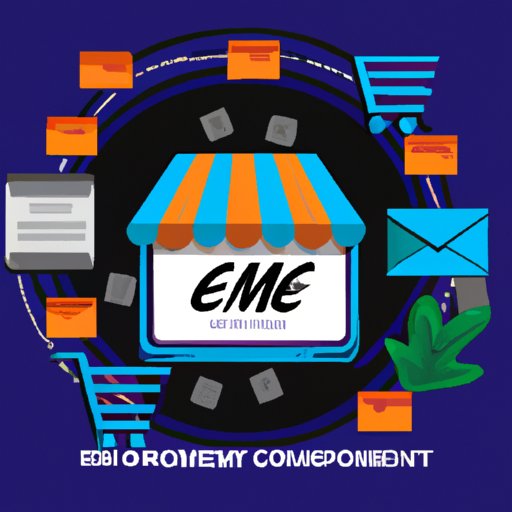Introduction
An ecommerce business is an online business that sells products and services over the internet. Ecommerce businesses have become popular in recent years due to their ability to reach a global audience and offer a wide selection of products and services. Starting an ecommerce business can be a great way to make money and grow your business quickly. However, it is important to understand the process and have the right resources in place before you get started.
This guide will provide an overview of how to start an ecommerce business. We will cover topics such as creating a product plan, building an online store, setting up payments, promoting your business, and optimizing your website. By the end of this guide, you should have a better understanding of what it takes to launch a successful ecommerce business.
Create a Product Plan
The first step in starting an ecommerce business is to create a product plan. This plan should include information on what types of products or services you want to sell, where you will source them, and how much they will cost. You should also consider factors such as customer demand, competition, and profit margins.
To identify what products to sell, think about what types of items are popular and in demand. Consider trends in the market and research what types of products people are looking for. You may also want to look into what types of products your competitors are selling to get an idea of what is popular.
Once you have identified the types of products you want to sell, you need to find a reliable supplier. It is important to do your research and find a supplier that is reputable and has a good track record. You should also consider factors such as cost, delivery time, and quality of the products.
Build an Online Store
Once you have your product plan in place, you need to build an online store. To do this, you will need to choose the best platform for your needs. Popular options include Shopify, BigCommerce, and WooCommerce. Each of these platforms has its own advantages and disadvantages, so it is important to do your research and find the one that best suits your needs.
Once you have chosen your platform, you need to design a professional website. This includes creating pages for your products, setting up a checkout system, and designing a logo. You should also create content such as blog posts, videos, and tutorials to help promote your store and increase engagement.
Set Up Payments
Once your online store is set up, you need to set up a payment processor. This is the system that will process payments from customers and transfer funds to your bank account. Popular payment processors include PayPal, Stripe, and Authorize.net. You should research each of these to find the one that is most secure and easy to use.
Promote Your Business
Once your store is set up and ready to go, you need to start promoting your business. Utilizing social media is a great way to reach potential customers and spread awareness of your brand. You should also consider using email marketing to send out newsletters and promotions. Other methods of promotion include running ads, creating affiliate programs, and offering discounts.
Optimize Your Website
Finally, you should optimize your website to ensure it is visible on search engines and user-friendly. Optimizing for search engine visibility involves creating content that uses relevant keywords and link building. You should also optimize for usability by making sure your website is mobile-friendly and easy to navigate.
Conclusion
Starting an ecommerce business can be a rewarding experience. In this guide, we have covered topics such as creating a product plan, building an online store, setting up payments, promoting your business, and optimizing your website. If you follow these steps and have the right resources in place, you should be well on your way to launching a successful ecommerce business.
For further information, check out our other guides on ecommerce, including How to Build an Online Store and How to Set Up Payment Processors. You can also find more resources and tips on our blog.
(Note: Is this article not meeting your expectations? Do you have knowledge or insights to share? Unlock new opportunities and expand your reach by joining our authors team. Click Registration to join us and share your expertise with our readers.)
